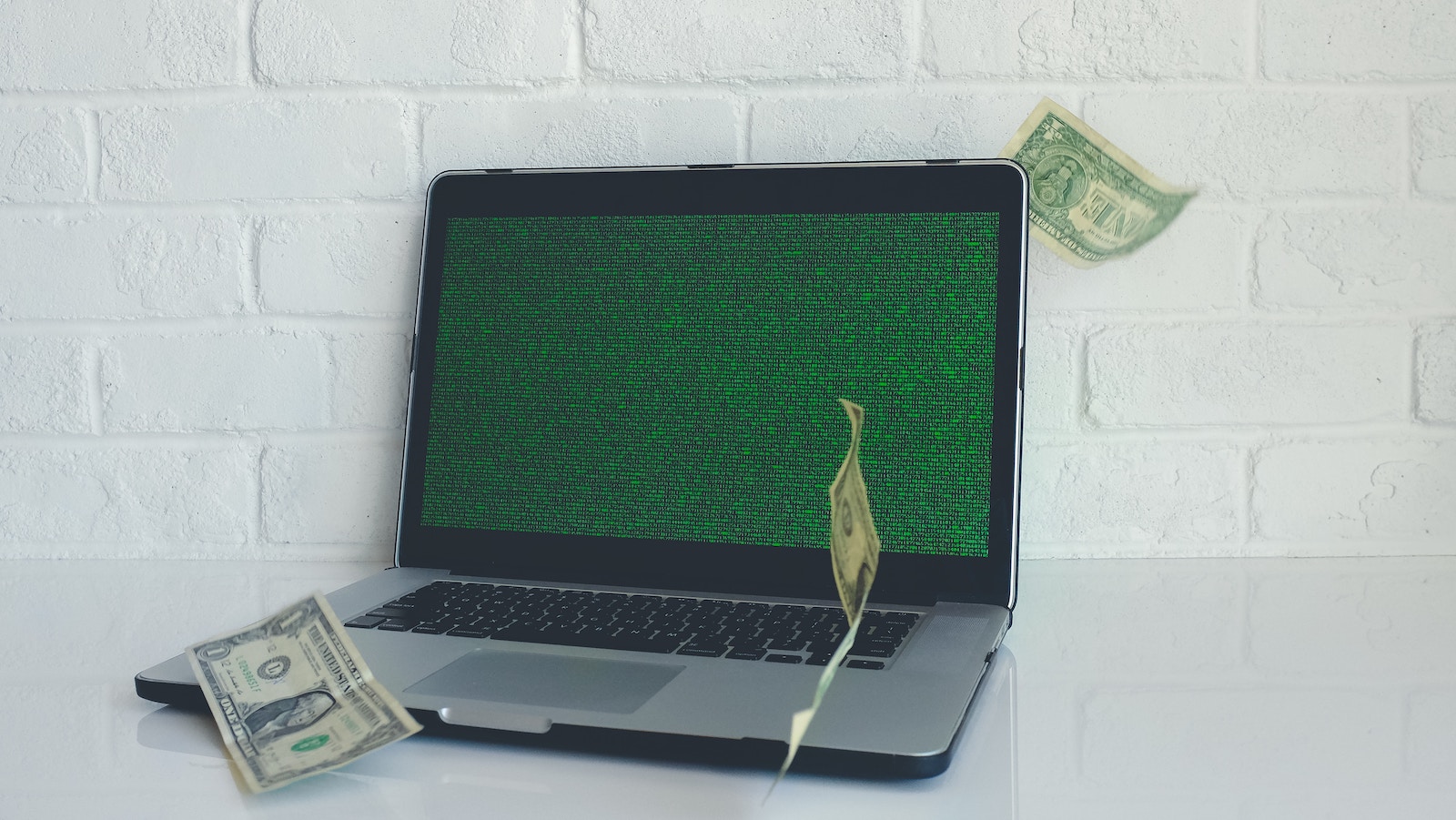
Counterfeit and stolen goods: Tips to avoid buying them online or anywhere
INFORM Act expected to help consumers by reducing volume of items sold illegally

Last year, U.S. customs officials seized 20,812 shipments containing 25 million counterfeit products. These were items created to look like known brands, such as Rolex watches, Disney toys and clothing, and various medications. If they’d been legitimate, they could have sold for about $3 billion.
In many cases, these counterfeit products could be dangerous because they don’t meet U.S. safety standards. Counterfeits are also often poorly made, meaning they could wear out or break more quickly, wasting your money and harming the environment. Plus, buying counterfeit or stolen items hurts legitimate companies and can support criminal activities, such as forced labor or human trafficking. And stolen items drive up costs for all of us as stores recoup the losses from shoplifters.
The types of counterfeit products seized most often:
- Clothing, shoes and accessories
- Wallets/handbags
- Watches and jewelry
- Consumer electronics
- Pharmaceuticals/personal care products
- Automotive products
- Toys
So these are items that don’t get sold to you and me after being seized. Of course, thousands of other counterfeit items do get through to online retailers, flea markets and secondary marketplaces. And then there are all of the shoplifted products – items stolen from stores and sold by individuals and crime rings. The most commonly stolen items include cosmetics, small electronics and accessories such as phone chargers and earbuds, batteries, over-the counter medications and toys. The INFORM Act, which takes effect June 26, 2023, is aimed at curbing illegal online sales.
Here are some tips to avoid buying counterfeit or stolen items online or anywhere:
- Be suspicious of ridiculously low prices.
The U.S. Chamber of Commerce (USCC) and the U.S. Consumer Product Safety Commission (CPSC) urge consumers to watch out for products that are shockingly inexpensive compared with other items in the same category. When using a website that has third-party sellers, comparing listings for similar products can be a good way to identify what the average price should be. - Pay attention to other items the seller is offering.
If an individual is truly cleaning out their closet or purging their child’s toy room, there will be a mix of items. But if the person has multiples of the same items, particularly that are new with tags, that could mean they’re stolen. - Steer clear of medications that require a prescription, but someone is offering to sell them without a prescription.
Frankly, stay away from third-party sellers peddling anything you ingest or put on your body. Buying a substandard lawn decoration is one thing; buying a medication with dangerous, unregulated ingredients is something else. “Some websites sell medicines that are dangerous or even deadly,” the Food and Drug Administration (FDA) says.
- With online pharmacies, check their legitimacy.
You can look up whether a pharmacy is licensed through your state’s board of pharmacy license database. - On the website listing, look for typos, misspellings or mislabelings.
Website listings with low-quality, photoshopped pictures of products can also indicate a counterfeit. - Be leery of products from unfamiliar sellers or international sellers.
They may be more likely to sell counterfeit items, such as toys or electrical products that don’t meet U.S. safety standards. The sellers might say they’re U.S.-based, but if you dig, you’ll see the item will be shipped internationally and take weeks to arrive. - If the manufacturer isn’t listed, but it looks like a brand name product, that’s a flag too.
- If you have questions about the authenticity of the product and reach out to the seller with questions and they don’t respond, it’s a good indicator of possible trouble and you just may not want to do business with them.
- Scrutinize social media posts advertising or recommending certain products.
Consumers should be wary of posts or targeted ad campaigns on social media. A report by the United States Trade Representative (USTR) says that posts and ad campaigns can be a “fast, easy, inexpensive and common tactic” that are used to fool customers into buying counterfeit and pirated products. - If you buy the product, take a look at the packaging. The USCC, CPSC and FDA recommend scrutinizing the labels, packaging and contents. If the packaging has anything suspicious, such as a broken safety seal, it could be a counterfeit product. While a counterfeit may be difficult to spot online, there could be differences in quality that are more visible when you get the product in the mail.
- Learn more about counterfeits through the National Crime Prevention Council and report any bad experiences to regulators.
- Online sellers suspected of violating the INFORM Act can be reported to the Federal Trade Commission here.
- If you believe you’ve purchased a counterfeit or knockoff product, you can also report it to the Consumer Product Safety Commission at www.saferproducts.gov or call the CPSC at 800-638-2772.
- Problems with counterfeit medications, food and other products overseen by the Food and Drug Administration can be reported to the FDA here.
- Suspected violations of intellectual property rights, including counterfeiting, can be made to the National Intellectual Property Rights Coordination Center.

Fake tickets, real heartbreak: Tips for fans to spot scams
Topics
Authors
Teresa Murray
Consumer Watchdog, U.S. PIRG Education Fund
Teresa directs the Consumer Watchdog office, which looks out for consumers’ health, safety and financial security. Previously, she worked as a journalist covering consumer issues and personal finance for two decades for Ohio’s largest daily newspaper. She received dozens of state and national journalism awards, including Best Columnist in Ohio, a National Headliner Award for coverage of the 2008-09 financial crisis, and a journalism public service award for exposing improper billing practices by Verizon that affected 15 million customers nationwide. Teresa and her husband live in Greater Cleveland and have two sons. She enjoys biking, house projects and music, and serves on her church missions team and stewardship board.
Find Out More

Food for Thought 2024

Safe At Home in 2024?

5 steps you can take to protect your privacy now
